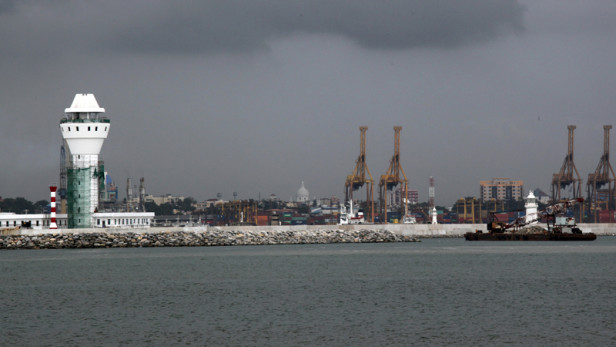New civil society report challenges conventional PPP benefits
By Naki B. Mendoza, 10 July 2015, Source
Public-private partnerships are often considered an important development tool and may well be a part of the conversation at next week’s International Financing for Development Conference as governments look to the private sector to help fund a new set of sustainability targets.
But a new report from civil society released on the eve of the summit challenges the conventionally accepted benefits of PPPs. The report criticizes the high public sector debt that can result from PPPs and the often opaque government procurement practices around creating the deals — both of which are bad for local citizens.
The findings come from the European Network on Debt and Development — a Brussels-based network of civil society organizations that focuses on aid effectiveness. Eurodad contends that while PPPs are a common form of collaboration to share risk and advance development goals, in many instances they tend to be expensive, nontransparent and difficult to negotiate. Often times the development results are unclear.
“PPPs are being promoted by our leaders as the way to fund infrastructure projects and public services such as health and education, which are traditionally provided by the state,” said Maria Jose Romero, the report’s author. “The costs of these projects are often very high, the public sector takes on most of the risks, and there is often a veil of secrecy over how these projects are negotiated.”
PPPs come in myriad of varieties and there is no one universal definition that industry uses to classify such a partnership. Eurodad, however, narrows its scope to define PPPs as any risk-sharing contract between the government and the private sector in which a company delivers assets and services typically provided by the state. In practice, this generally entails contracts for large infrastructure projects such as roads, ports, railways, power stations, water works and sanitation.
The past decade has seen a sharp rise in PPPs for these types of infrastructure projects. According to Eurodad, PPP investments increased sixfold between 2004 and 2012, rising from $22.7 billion to $134.2 billion.
The upward trend is likely to continue in the wake of three high-level international summits this year related to the post-2015 sustainable development goals. Among the goals that world leaders are set to ratify in September are principles calling for universal access to resilient infrastructure and sustainable water, energy and sanitation systems.
Pending international trade agreements across the Atlantic and Pacific have also raised the profile on “aid for trade” development plans, which will likely require large infrastructure projects to connect goods and services from the world’s poor to global markets.
The private sector is expected to play a large role in the financing and operation of these projects. PPPs by nature offer a less risky option for private sector investment. Their payback periods guarantee a steady source of return over the long-term that are largely underwritten by the host country government.
This often results in the public sector — including its citizens and taxpayers — shouldering the highest costs for these inherently risky ventures, according to Eurodad. PPPs are often the most expensive method of financing for the public purse, the report concludes.
A review this year by the U.K.’s National Audit Office, for example, found that interest rates for private finance deals doubled that of all government borrowing. Effectively, the cost of financing PPP projects can be twice as expensive for the government as issuing bonds or borrowing from private banks.
Transaction costs also tend to be high because of the shallow pool from which to draw specialized companies capable of executing public works projects. Because of limited competition, PPP terms are often frequently renegotiated. The Eurodad study found that 55 percent of PPPs get renegotiated every two years, almost always resulting in higher transaction and construction costs.
The report also said that low transparency and limited public scrutiny around PPP negotiations is detrimental to democratic accountability.
“Although there is rhetorical recognition of the importance of transparency and stakeholder participation, in practice they are still missing and in some cases PPP projects have triggered community opposition and government repression,” the report said.
Rather than wanting to upend the traditional PPP model, the Eurodad study — “What Lies Beneath: A critical assessment of public private partnerships and their impact on sustainable development” — was unveiled to foster public debate in Addis Ababa and beyond.
Among its recommendations are for governments to adopt accounting practices that register PPPs as public debt on their national accounts as a way to reveal their true financial costs. Presently many governments list PPP liabilities as off balance sheet expenses. The study also encourages governments to more publicly disclose documents and information related to public contracting.
“These are very risky and expensive ways of entering into public service. We need to carefully assess all the implications,” Romero told Devex. “If you enter into them, you have to do so transparently and in an accountable way.”

